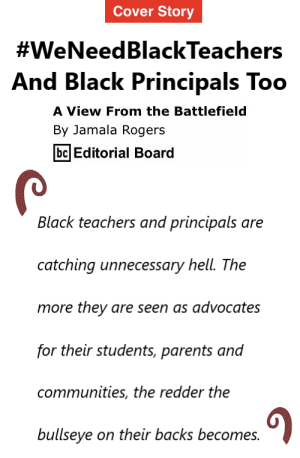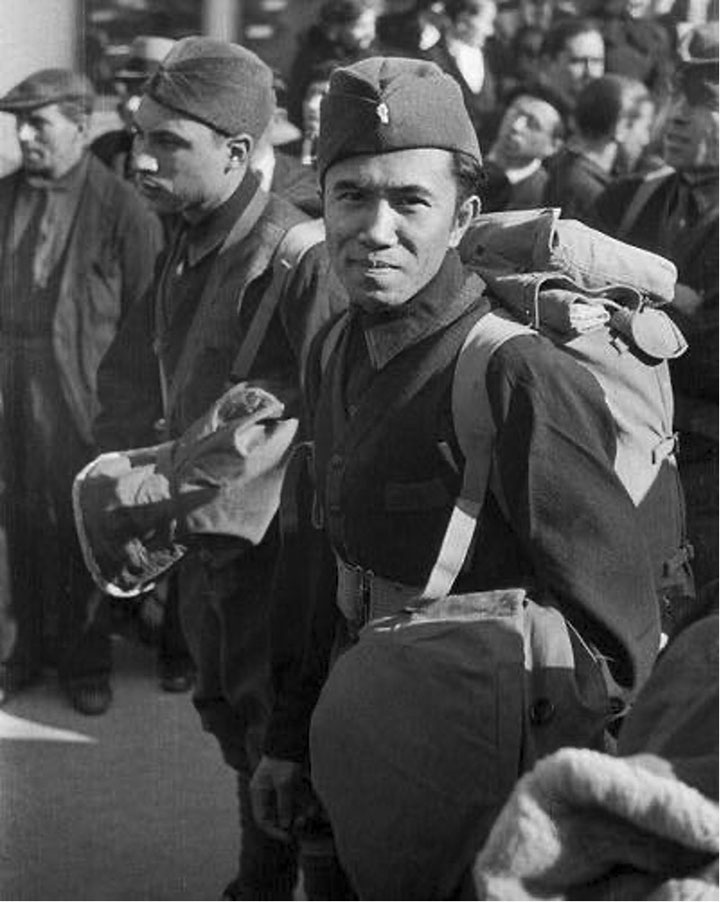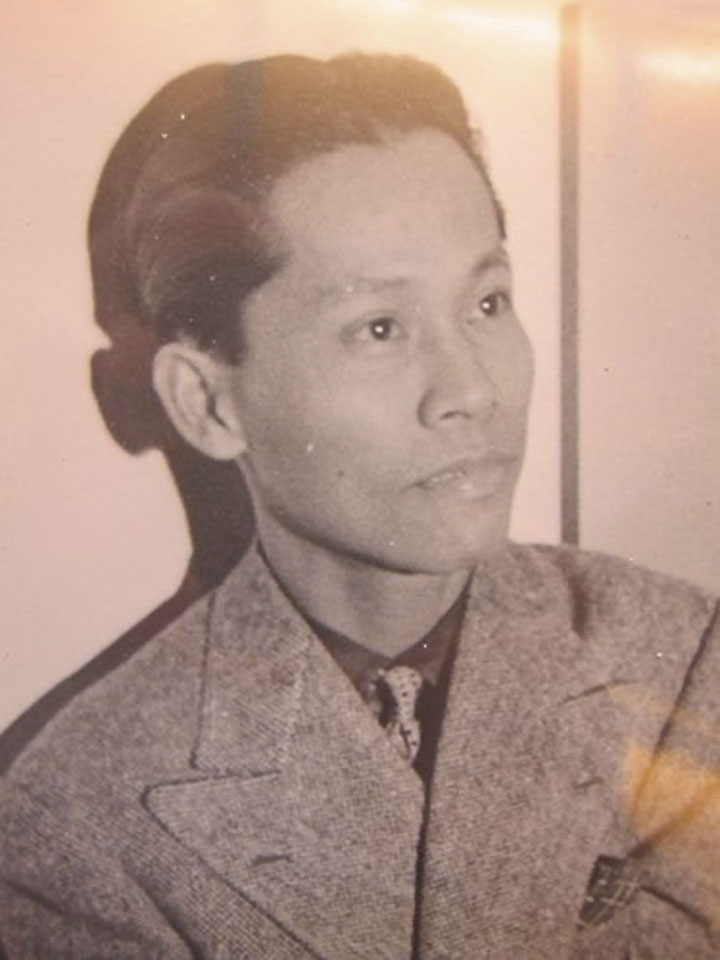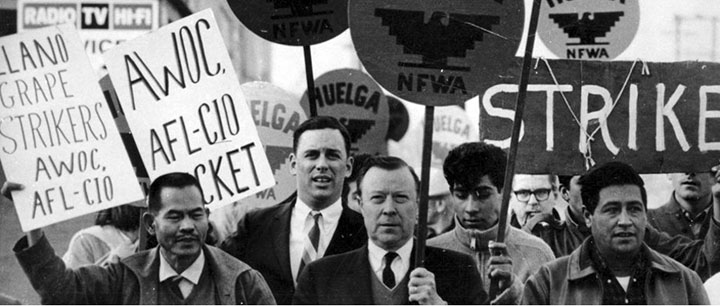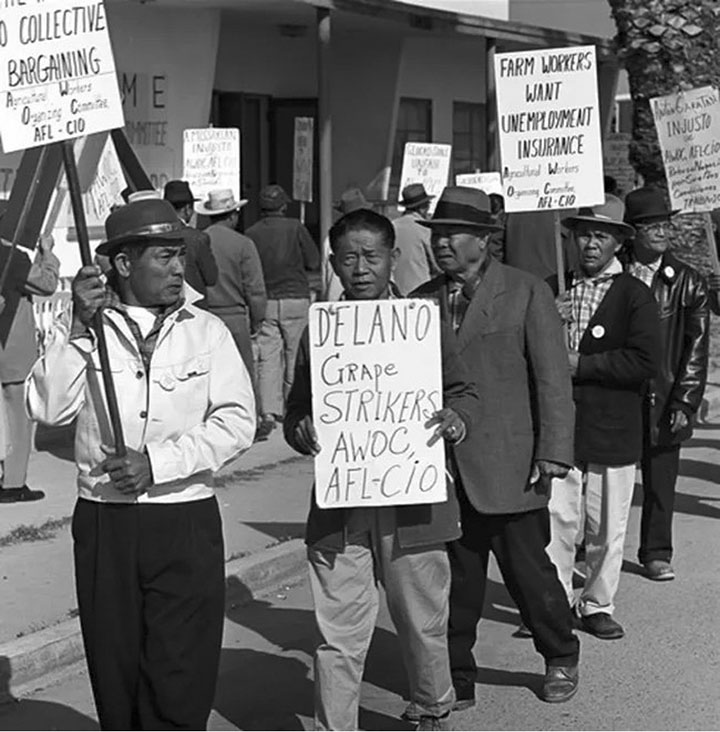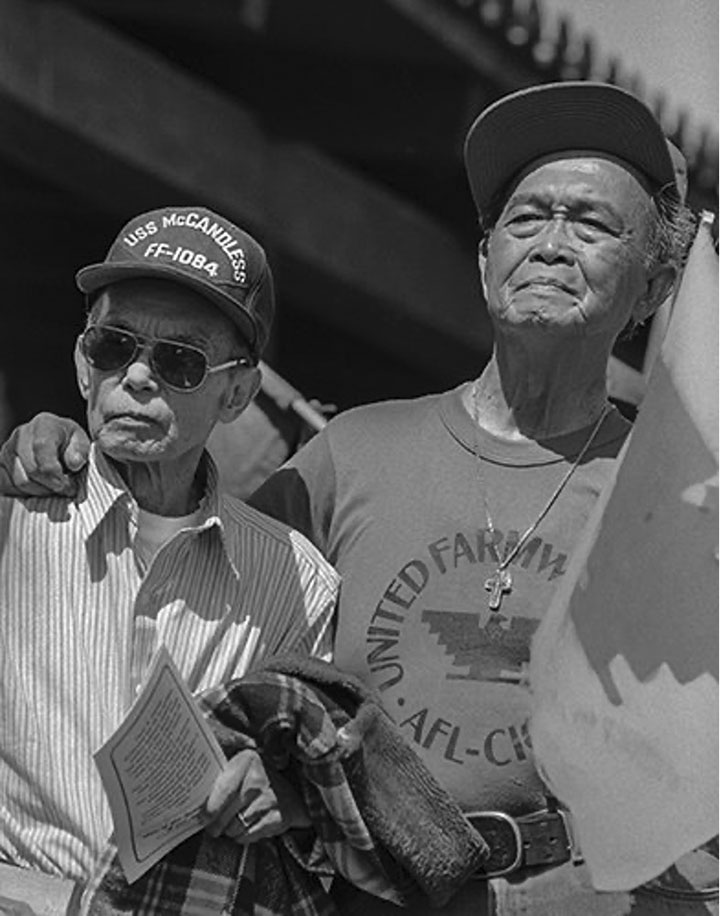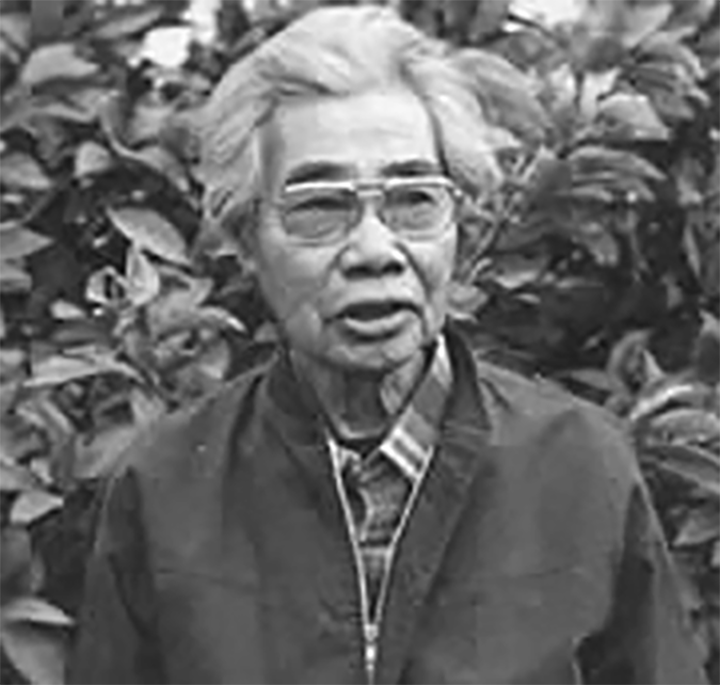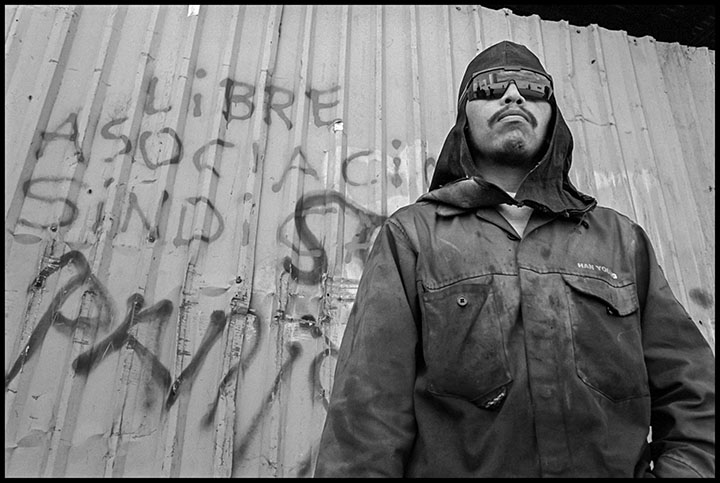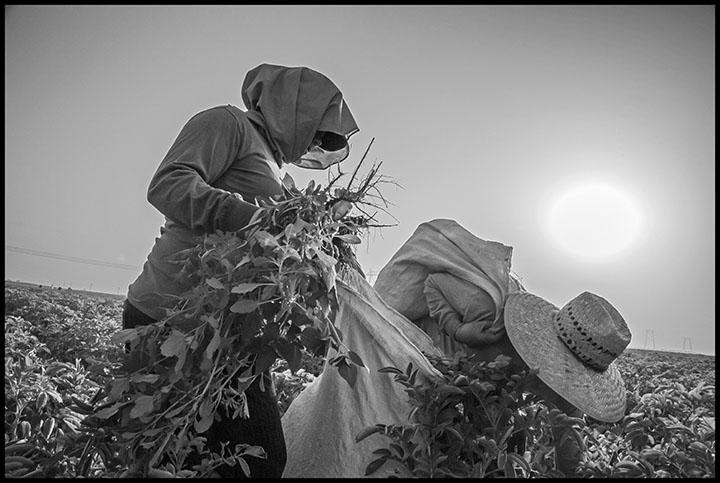There's an article that I'm just not in the mood to go into tonight. It's a topic I think is important but I don't think we sell out C to advance D. And the writer, probably very well meaning, rails against the attacks and distortions on group D in Iraq while, in her own writing, promotes attacks against C. I don't buy into that garbage and I'm just not in the mood for it tonight. Otherwise, in Iraq, the only stories I'm seeing of any interest are about the failure of the tobacco crops this year in the KRG which read like last week's reports about the failure of the grapes in the KRG. So . . .
Instead, let me reply to some e-mails regarding the music that went up today.
Heart went up because someone e-mailed earlier this week, when we posted a video of Heart performing "Crazy For You" on THE MIDNIGHT SPECIAL. "I thought you hated Heart," the e-mail insisted.
Nope.
I like Ann and Nancy Wilson and Ann is a one-of-a-kind vocal talent. One of the great singers of her genre. I've called them out before and I'm sure I will again -- for two grown women -- forget that they're sisters -- they have spent way too much time in the last few years arguing. I have little patience for that. It's just nonsense.
And when I call Ann out, it's for nonsense. I never liked the song "All I Want To Do Is Make Love To You" and I could list twenty or so reasons why that is. But I didn't record it. I didn't have a hit with it. Heart recorded it and it was a single that went to number six on the adult contemporary chart, number two on the rock chart and number two on The Hot 100 (that's the pop chart). That was 1990. In the last 33 years, they haven't had another top ten hit on the pop charts. ("Wild Child" went to number 3 on the rock chart in 1990 and "Black On Black II" went to number 4 on the rock chart in 1993 while "Stranded" went to number 8 on the adult contemporary chart at the end of 1990.)
"All I Want To Do Is Make Love To You" was a huge hit, making three different genre charts in 1990. An across the board hit. In terms of 'the weekly top forty' (pop chart), they only have two other songs that ever charted higher than "All I Want To Do Is Make Love To You" -- that would the number one hits "These Dreams" -- another song I've never been fond of -- and "Alone" --a great song that Ann's sing amazingly in the studio version and pretty much every live version. The best?
The live version on THE ROAD HOME.
The worst? The one below.
It's a great musical arrangement but there's little fire in Ann's vocals.
But "All I Want To Do Is Make Love To You" is their third biggest hit. And they're a legacy act going around performing their greatest hits every few years to make money. So where do you get off saying, "I'm not going to sing that song, I never liked it." Where do you get off?
That's beyond stupid. You don't like it the way it is, work on a version you can live with and sing the damn song or stop going on the road.
Cher didn't do greatest hits in Vegas or Tahoe. For the mid-70s and early 80s, that was where she performed live. And she didn't do her hits. She did reworkings of other people's hits of the day and she did a revue show. And that's fine. It was brave, in fact. But that was revue, it wasn't a tour. Now when Cher went back on the road, city to city, she knew she had to sing some of those hits and did on tours in the late 80s, the 90s, the 00s. And by the time she was doing the (ongoing) Farewell Tours, she was singing pretty much all the hits. And, unlike Heart, Cher has a ton of hits.
On the US charts (pop, dance, adult contemporary), Cher has 42 hits (43 if you include the BILLBOARD's Latin Digital chart) that made it into the top forty on one of those three charts -- and that's before you factor in her eleven top forty hits on the pop and adult contemporary charts with Sonny as part of the duo of Sonny & Cher. So 43 plus 11? That's 54.
Diana Ross has also been touring and she has a ton of hits -- top forty hits on the pop, adult contemporary, R&B or dance charts? She sang lead on 28 hits with the Supremes; as a solo artist she's had 58 top forty hits on those charts. That's a total of 86 hits.
Neither woman has to be talked into performing their biggest hits. They know their audiences are longing to hear those songs.
But with very few hits, Heart thinks it can get away with not performing their last significant hit, the song that went to number two across the board, their third biggest hit of all time because Ann doesn't like the song?
The time to decide to ditch the song because you don't like it? Before you record it.
That's insulting the fans who have paid to hear you. Get off your high horse and sing the song or stay home. It's not that difficult of a choice. You've got no new hits, you're a legacy act trying to (again) make money off your past but you're not going to perform your third biggest hit of all time?
That's the sort of thing that pisses me off. If they gave a free concert in the park? Play whatever you want. But you're asking people to spend forty dollars or more a person to see you live and you're not going to perform your third biggest hit? You're saying (begging), "Come see us live! Spend your hard earned money on us! And, oh, that song you love, one of our big hits, one of the few big hits we have, we're not going to perform it."
Anyway, that may be why someone thinks I hate Heart. I don't hate the Wilson sisters but I think they've very stupid about how you treat an audience -- especially how you treat an audience you're asking to pay to see you.
Ally wants to know if today's musical choices were an 80s theme? Leave out Heart, which we started with in the morning, and stop right before the last three songs (which were ballads, starting with Carole King's "(You Make Me Feel Like) A Natural Woman") and you have the following:
Ally's right that they're all 80s song. That wasn't the theme though. I was just going for songs with great percussion. And songs that clearly owed something to Prince. "U Got The Look" -- he wrote that and he sings it with Sheena Easton. He also wrote Sheena's "101" and Vanity 6's "Nasty Girl" and, of course, Shelia E played drums with him and he wrote "The Glamorous Life." Andre Cymone and Jody Watley wrote "Looking For A New Love" and Andre was in Prince's band. Jimmy Jam and Terry Lewis wrote "Miss You Much" and they were part of The Time so that's their Prince connection. But all the songs above have a musical connection with Prince. He really defined the 80s in a way that few other artists did. And there are many other songs that could have been included. I don't think a Madonna song could have been except maybe "Love Song" (a duet she co-wrote with Prince from her LIKE A PRAYER album). Of all the big artists in the 80s, she's really the only one with multiple hits who didn't record something that owed a big debt to Prince's work. She went her own way (sometimes for good, sometimes for bad). Even an artist like George Michael was influenced by Prince (listen to "I Want Your Sex").
We could have included Patti LaBelle's "Yo Mister" (which Prince wrote) and the Jets' "Crush On You" (which he didn't). But his own work, his work with The Time, with Vanity 6, with Apollonia 6, Tevin Campbell, the Family, influenced the sound of the 80s -- as did those who started out with him but went on to work with other artists (i.e. Andre Cymone with Jody Watley, Adam Ant, etc; and Jimmy Jam and Terry Lewis with the S.O.S. Band, New Edition, Cheryl Lynn, Morris Day, etc). Songs from that period like "Neutron Dance," a hit for the Pointer Sisters, have a Prince feel even when he had nothing to do with the song. Or look at Alexander O'Neal and Cherrelle, Stacy Lattisaw . . .
Let me steal from Elaine who does posts with five videos.
Five best covers of Prince songs?
1) Cyndi Lauper with "When You Were Mine"
2) Meli'sa Morgan with "Do Me, Baby"
3) Jordan Knight with "I Could Never Take The Place Of Your Man"
4)Tina Turner with "Let's Pretend We're Married"
5) Chaka Khan with "I Feel For You"
And my five favorite recordings by Prince.
1) "Controversy"
2) "Little Red Corvette"
3)"Thieves In The Temple"
4) "If I Was Your Girlfriend"
5) "Forever In My Life"
Prince was a huge influence on music in the 20th century. Even though he made some racists uncomfortable. I'm thinking of one roots-rocker in particular. He's dead so I'll be semi-kind. A friend had two big hits with songs influenced in sound by the work of Prince. Those aren't her only hits. But that whole album was sneered at by the roots-rocker. And what my friend just won't accept is that her hero the roots-rocker was a raging racist and his problems with her album that he sneered wasn't rock like what his roots-rock band did (poorly) was that she had incorporated some Prince touches into the album. The roots-rocker is largely forgotten and will only become more forgotten as the year continue to pass. Prince will be a legend forever.
The following sites updated:
